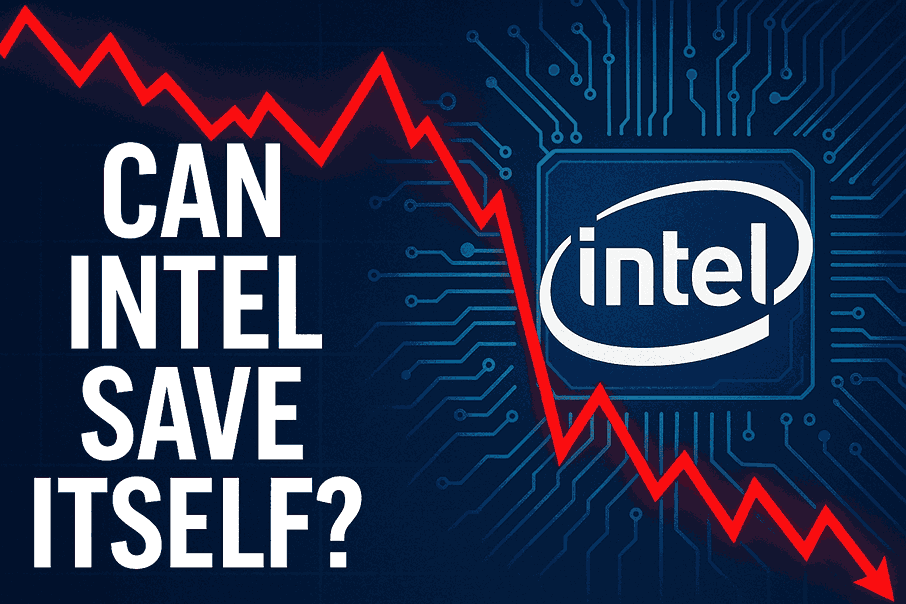
Will Intel Recover or Collapse? What the Latest Data Says

For decades, Intel has dominated the semiconductor industry, but recent years have brought turbulence. In Q1 2024, Intel posted revenue of $12.7 billion, down 36% from $19.8 billion in Q1 2023, with net losses widening to $3.5 billion from $2.8 billion year-over-year.
Quarterly Trends
Intel's gross margin fell from 55% in Q1 2023 to 41% in Q1 2024. Meanwhile, AMD posted 22% revenue growth year-over-year, and Nvidia reported over 200% growth in data center revenue this quarter alone, highlighting Intel's struggles in both traditional and emerging markets.
Restructuring and Strategy
To counter these trends, Intel has announced workforce reductions up to 20% and plans to spin off non-core business units. The company is investing over $100 billion in new fabs in the U.S. and Europe, with hopes of regaining its manufacturing edge by 2027.
Competitive Landscape
AMD and Nvidia have steadily gained market share, especially in AI and high-performance computing sectors. Intel’s share of the server CPU market has dropped from 90% in 2019 to just under 70% in 2024, and investors remain skeptical about Intel's ability to regain lost ground.
Outlook
While Intel remains a giant with significant assets and government backing, analysts warn the next two years will be decisive. Continued quarterly declines and mounting foundry losses could further erode investor confidence if the turnaround plan falters. The coming quarters will reveal whether Intel can truly save itself or cede permanent ground to more agile rivals.
—
Related Article
Your Opinion
Trending
Recently Posted
.jpg)
iPhone 17 Series is Here: A New Era for Apple's Flagship

What the Meta AI Glasses Reveal About the Future of AR

Galaxy Watch 8 Series: Smarter, Sharper, and Ready for Action in 2025
